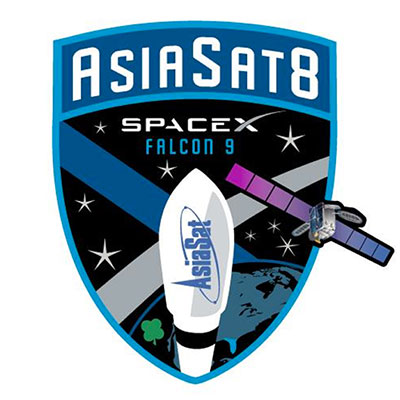 Space News space history and artifacts articles Messages space history discussion forums Sightings worldwide astronaut appearances Resources selected space history documents |
If you have previously registered, but forgotten your password, click here.
The spacecraft successfully separated from the launch vehicle 32 minutes after liftoff. AsiaSat has acquired the first signals from the satellite in Hong Kong 54 minutes after launch. Over the next few days, AsiaSat 8 will move into the geostationary orbit, some 36,000 km above the Equator. "We are excited that the AsiaSat 8 launch has achieved this significant milestone. This is our first launch with SpaceX, we would like to thank them for their excellent work and effort in making today's launch a success. In the coming weeks, we will work closely with Space Systems/Loral, our long-term partner, on the post-launch maneuvers and in-orbit testing of AsiaSat 8," said William Wade, President and Chief Executive Officer of AsiaSat.  "The addition of AsiaSat 8 to our existing fleet of four in-orbit satellites will expand our fleet capacity and enable us to serve a wider range of customers for advanced satellite services, from DTH, data broadcasting to broadband services." AsiaSat 8 is a Space Systems/Loral 1300 series satellite, and has a design life of 15 years. With 24 Ku-band transponders and a Ka-band payload, AsiaSat 8 will co-locate with AsiaSat 7, where AsiaSat has established networks for service since 1990. AsiaSat 8's powerful Ku-band beams cover China, India, the Middle East and South East Asia, with inter-beam switching capability to provide flexibility to address market requirements. | ||||||||
